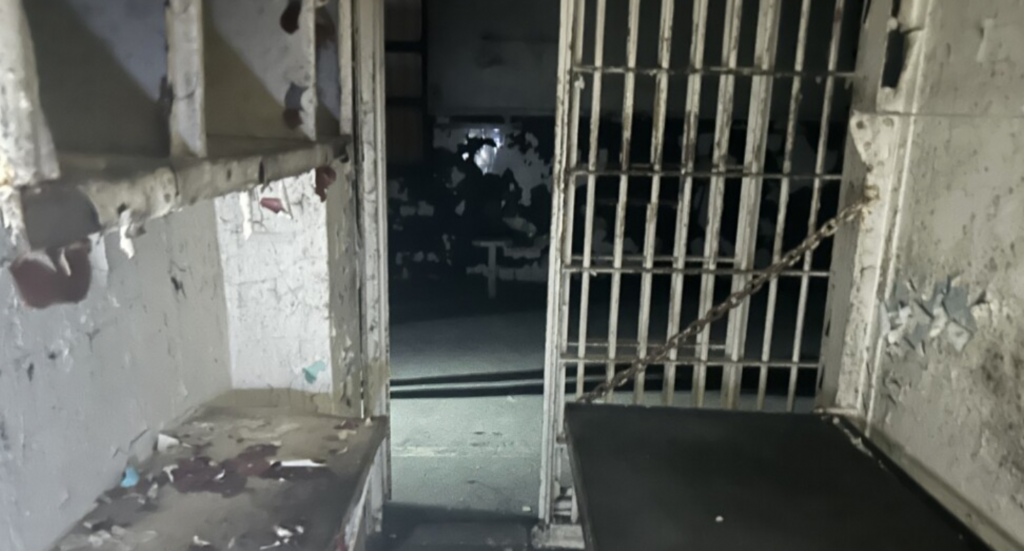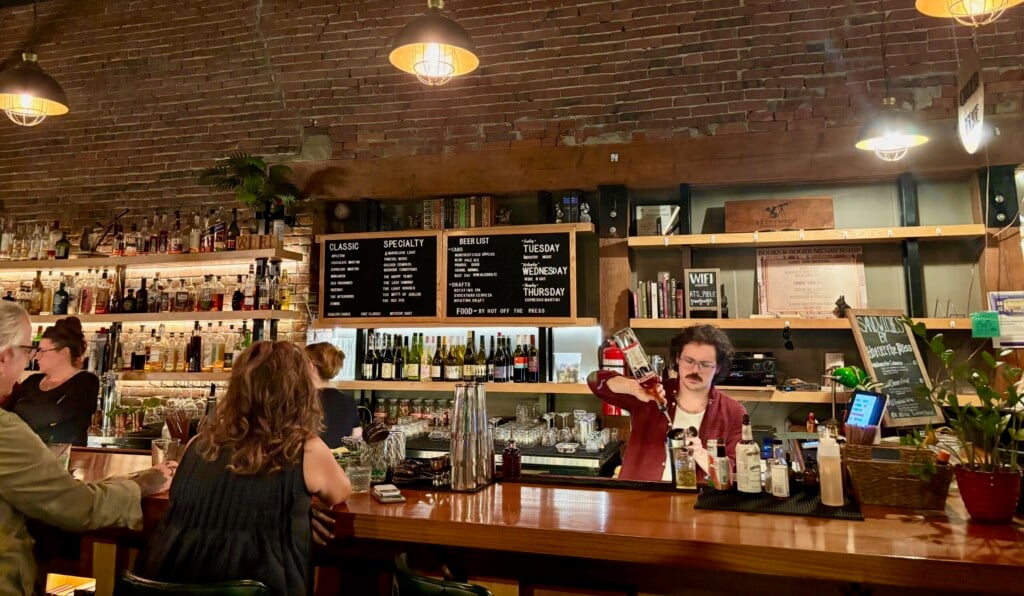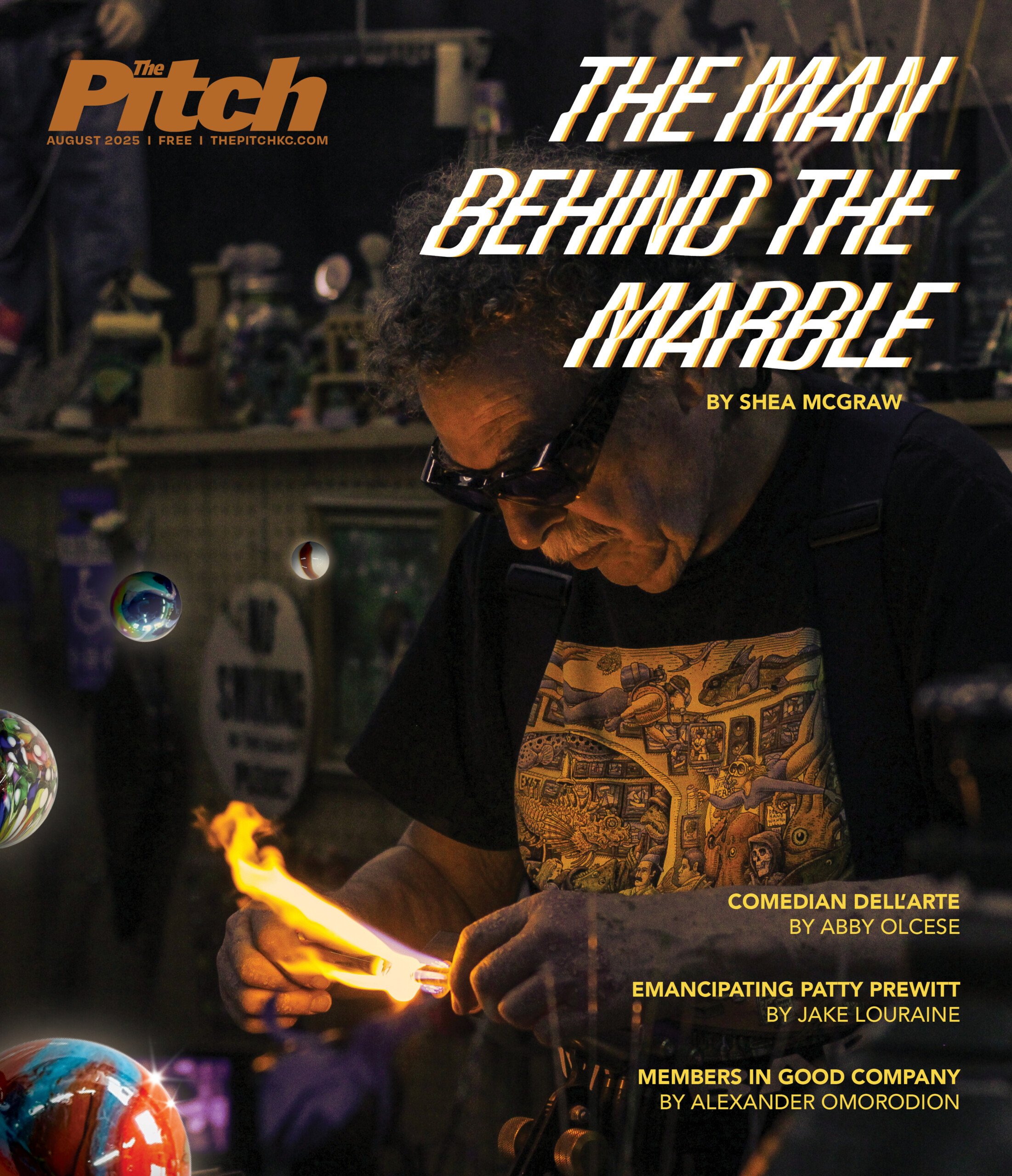Holy Shish Kabob

When does a shish kabob mean something bigger than chunks of grilled pork on a skewer? When it’s part of the forty-year tradition of St. Dionysios Greek Orthodox Church’s Greek Festival, the success of which owes something to divine inspiration, festival organizers say.
In 1961, the congregation — then located in the Armourdale neighborhood of Kansas City, Kansas — was still recovering from a 1947 fire that destroyed the church and a 1951 flood that buried the church interior in mud and debris. “We would overcome one financial nightmare and be confronted with another,” recalls Chris Vedros, who grew up in the Armourdale area once known as Little Athens. “One of our parishioners, Nica Pappas, had visited a church in Milwaukee that did a food festival and raised a lot of money. She suggested that we do one too.”
With plenty of enthusiasm but little organization, parish members distributed fliers and then set up a grill for souvlaki and a table for pastries. They hoped at least a hundred people would show up. “We were totally shocked at the turnout,” Vedros says. “We had 500 people and ran out of food.”
This year, the members of St. Dionysios are expecting a crowd of no less than 7,000 and have been preparing for months with the discipline and strategies of a well-trained army. “The women have been baking every weekend since February,” says Paula Sanborn. “We have to have at least 6,000 pieces of baklava, not to mention all the other pastries that people have come to expect.” The pastries can be baked in advance, but the souvlaki (marinated pork grilled with green peppers and onions) — not to mention the gyros, the grilled chicken and the cucumber-and-yogurt tsasiki sauce — must be made fresh right before the event. And this year, the parish is also offering a complete roasted lamb dinner, cooked over hot coals at the site of the festival: the grounds of the “new” St. Dionysios that was completed in 1974.
“When the church moved to Johnson County, so did most of the community,” says Vedros, who moved his own family across the county line during that exodus. The bigger church also brought in some unexpected new members, he says. “Our old congregation was strictly Greek. And not just Greek-born, but Royalists, which is why we split off from the Greek Orthodox Church in Kansas City, Missouri, in 1926. We had serious political differences! But now our parishioners include Syrians, Ethiopians, Armenians. We all worship together and work together for the festival.” Everyone turns out to volunteer in some way during the two-day affair, even a seventy-year-old folk dancer wearing a traditional costume. “He still has great legs,” Sanborn says.
The event attracts bigger crowds every year, which can be stressful when the planners realize that they’re selling out of food faster than predicted. “There have been many nights that we’ve stayed up all night baking or cooking to make sure we have enough of everything for each patron who comes the next day. And we always do.”
Miracles live in Johnson County, with gyros and stuffed grape leaves instead of loaves and fishes.




